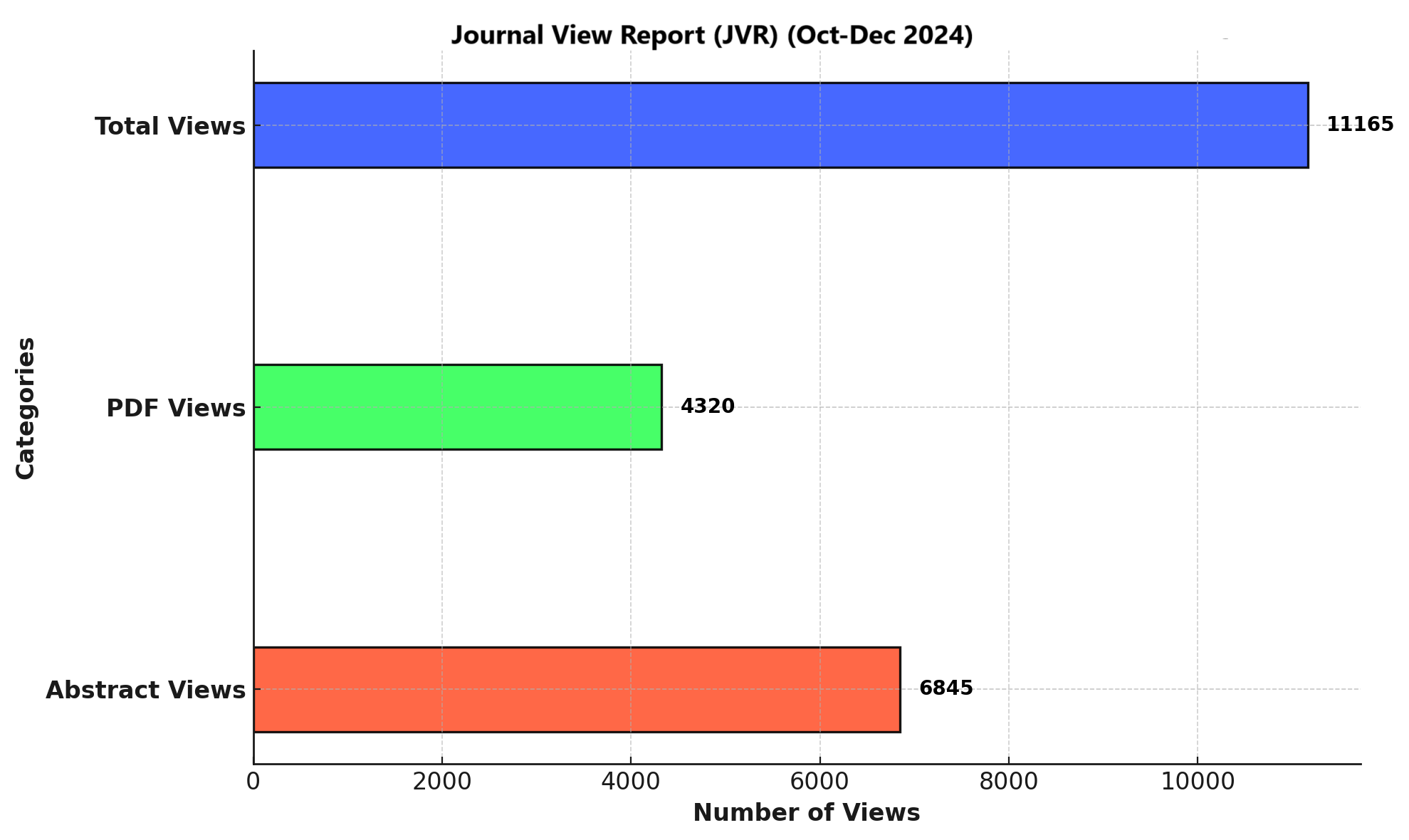OUTCOMES OF TISSUE PLASMINOGEN ACTIVATOR AT DOSE OF 0.6 MG/KG AS INTRAVENOUS THROMBOLYSIS FOR ISCHEMIC STROKE AT 03 MONTHS AT PEMH RAWALPINDI
DOI:
https://doi.org/10.71000/6r783436Keywords:
Alteplase, Ischemic Stroke, Blood Glucose, Intracranial Hemorrhages, Neurologic Recovery, Risk Factors, Thrombolytic TherapyAbstract
Background: Low-dose intravenous thrombolysis using tissue plasminogen activator (tPA) at 0.6 mg/kg has emerged as a potential alternative to the standard regimen in acute ischemic stroke (AIS), particularly in populations at higher risk for bleeding complications. This strategy may offer comparable efficacy with a lower incidence of symptomatic intracranial hemorrhage (sICH), although evidence on its functional outcomes and safety remains limited in real-world settings.
Objective: To evaluate 3-month functional outcomes and safety profiles following low-dose intravenous tPA in AIS patients and to identify predictors of functional independence and sICH.
Methods: This cross-sectional study was conducted on 160 patients with AIS treated with intravenous alteplase (0.6 mg/kg) within 4.5 hours of symptom onset at a tertiary care center between July and December 2024. Clinical variables, stroke severity using the NIH Stroke Scale (NIHSS), time-to-treatment, and stroke subtype were recorded. Functional independence was defined as a modified Rankin Scale (mRS) score of 0–2 at 3 months. Primary safety outcomes included sICH, defined by SITS-MOST criteria, and all-cause mortality.
Results: At 3-month follow-up, 113 patients (71%) achieved functional independence (mRS 0–2), with 73 (46%) attaining favorable outcome (mRS 0–1) and 43 (27%) experiencing complete recovery (mRS 0). sICH occurred in 6 patients (4%), while all-cause mortality was reported in 9 patients (6%). Independent predictors of poor functional outcome included increased age (OR 0.96, p = 0.003), higher baseline NIHSS (OR 0.79, p < 0.001), delayed treatment time (OR 0.98, p = 0.038), and hypertension (OR 0.53, p = 0.041). Predictors of sICH included higher NIHSS (OR 1.19, p = 0.009), elevated blood glucose (OR 1.02, p = 0.027), and advanced age (OR 1.06, p = 0.013).
Conclusion: Low-dose intravenous tPA (0.6 mg/kg) is a safe and effective therapeutic option for AIS in carefully selected patients. Age, stroke severity, blood glucose, and treatment delays significantly influence both recovery and risk of sICH. Emphasis on early intervention and individualized risk stratification is key to optimizing outcomes.
Downloads
Published
Issue
Section
License
Copyright (c) 2025 Munawar Khan, Asif Hashmat, Khurram Haq Nawaz, Shabana Baloch, Tayba Zain, Ayesha Zubair, Nisar UL Haq, Inayat Ullah (Author)

This work is licensed under a Creative Commons Attribution-NonCommercial-NoDerivatives 4.0 International License.







